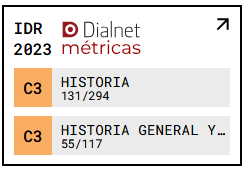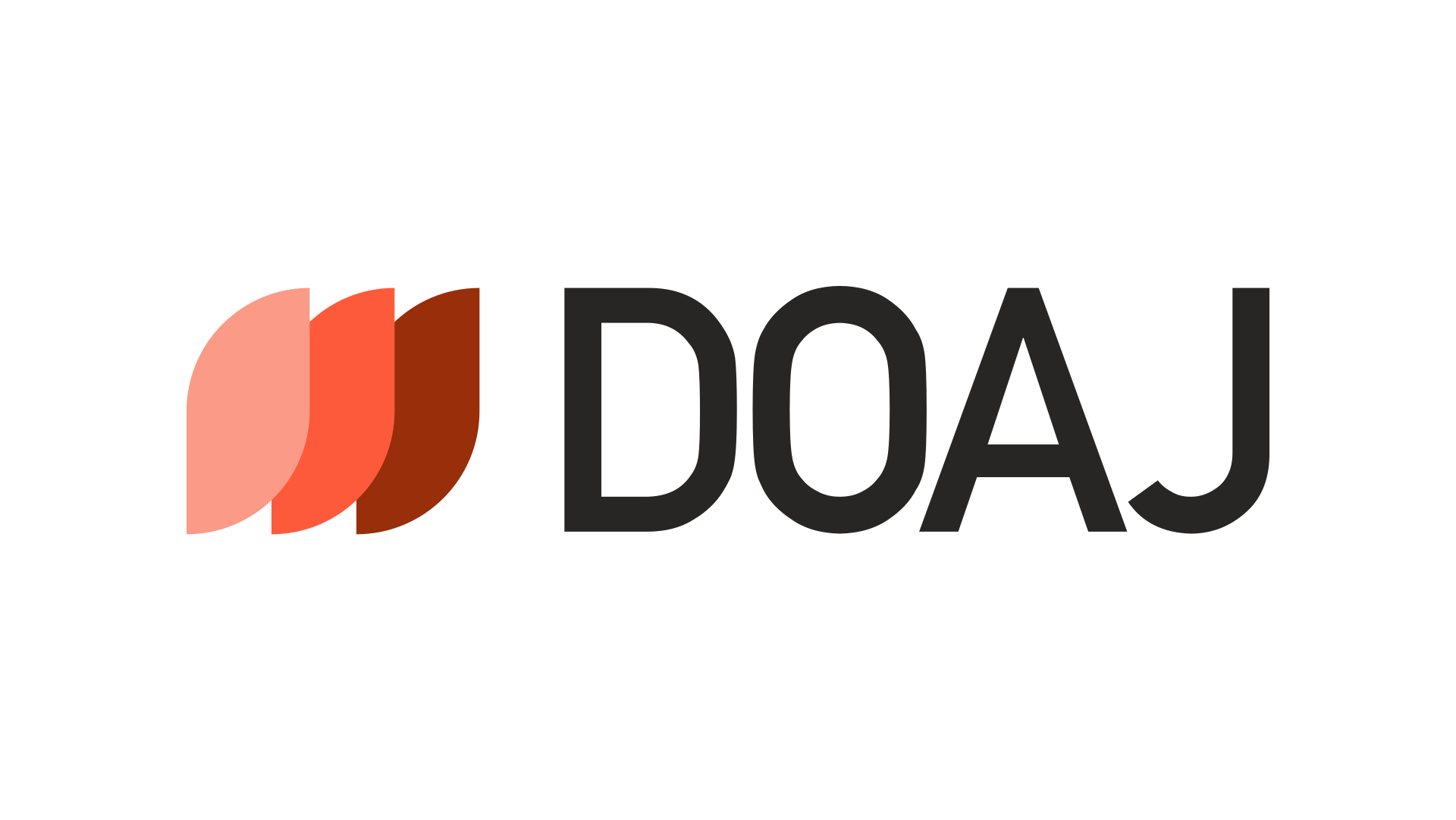Women in Pakistan or the power of patriarchy
DOI:
https://doi.org/10.18172/brocar.1607Keywords:
Mechanisms of Patriarchy, androcentric social rules, gender ideology, sexual rules,Abstract
This paper highlights some cultural aspects of Pakistan which affect women, as a better knowledge of these aspects helps to improve our understanding of the strong discriminatory practices that these women suffer. We seek to explain the mechanisms used by Pakistani society to perpetuate the subjection of women. Sexual division of labour and the imposition of sexist patterns in education, labour market and participation in politics are the main restrictions applied to women, which are thus kept in a subordinate position. This social disadvantage is reinforced from the power, mainly exerted by men, and its defence and legitimization of traditional sexual roles, which burden the emancipation of women. Patriarchal rules are thus reproduced in order to guarantee the subordination of Pakistani women.Downloads
References
AHRC (Asian Human Rights Comisión) AHRC-SPR-006-2009. Human Rights at Pakistan: 2009. Obtenido de: <http://www.ahrchk.net/ua/mainfile.php/2009/3301/> [20-12-2010].
Amorós, C. (2005), “Feminismo y multiculturalismo”, En Amorós, C. (ed) Teoría feminista: de la Ilustración a la globalización, vol. 3. Madrid: Minerva Ediciones.
Aurat Foundation, Islamabad 05, 2008. Obtenido de: <http://www.af.org.pk/> [22-4-2011].
Ballester, L. y Oliver, J.L. (2003), “Necessitats i conflicto. La mediació com a eina pedagógica en els processos d`inserció sociocultural dels inmigrants internacionals”, Temps d`educación 27, 193-208.
Benhabib, S. (2008), “Otro universalismo: sobre la unidad y diversidad de los derechos humanos”. Isegoría. Revista de Filosofía Moral y Política 39, 175-203.
CEDAW (ONU) (2007), Responses to the list of issues and questions for consideration of the combined initial, second and third periodic report of Pakistan. Obtenido de: <http://daccess-dds-ny.un.org/doc/UNDOC/GEN/N07/254/04/PDF/N0725404.pdf?OpenElement> [6-1-2011].
CEDAW (ONU) (2007), Lista de cuestiones y preguntas relativas al examen de un informe inicial y un informe periódico de Pakistán. Obtenido de: <http://daccess-dds-ny.un.org/doc/UNDOC/GEN/N06/555/26/PDF/N0655526.pdf?OpenElement> [3-4-2011].
CEDAW (ONU) (1979), Full Text of the Convention: art.7 y 8. Obtenido de: <http://www.un.org/womenwatch/daw/cedaw/text/econvention.htm> [21-4-2011].
The Constitution of the Islamic Republic of Pakistan. Obtenido de: http://www.pakistani.org/pakistan/constitution/ [19-4-2011].
Giunchi, E. (2001), “La situación de la mujer en Pakistán”, en Derechos y Libertades: Revista del Instituto Bartolomé de las Casas 6, pp.105-116.
Mestre i Mestre, R. (2000), “Puntos de partida para la crítica feminista al derecho de extranjería”, en Asamblea de Mujeres de Córdoba Hierbabuena: Feminismo es... y será. Córdoba: Servicio de Publicaciones de la Universidad de Córdoba.
Ordenanza de las Leyes de Familia Musulmana de 1961. Obtenido de: <http://www.vakilno1.com/saarclaw/pakistan/muslim_family_laws_ordinance.htm> [7-5-2011].
Samouiller,S. y Jabre, K.(2007), “La problemática del sufragio y de la participación política de las mujeres”, en Ockrent, C., El Libro Negro de la Condición de la Mujer. Madrid: Santillana.
Saltzman, J. (1992), Equidad y Género. Madrid: Cátedra.
Taylor, Ch. (1993), El multiculturalismo y la “política del reconocimiento”, traducción: Utrilla de Neira, M. México: Fondo de Cultura Económica.
World Bank (2007), World Development Indicators. Washington D.C. Obtenido de:<http://data.worldbank.org/indicator/SL.TLF.CACT.MA.ZS/countries> [2-4-2011].
Zafar&Associates-LLP (2011). Obtenido de: <http://www.zallp.com/family.html> [7-5-2011].
Downloads
Published
How to Cite
Issue
Section
License
The authors retain copyright of articles and authorize CIF the first publication. They are free to share and redistribute the article without obtaining permission from the publisher as long as they give appropriate credit to the editor and the journal.
Self-archiving is allowed too. In fact, it is recommendable to deposit a PDF version of the paper in academic and/or institutional repositories.
It is recommended to include the DOI number.
This journal is licensed under a Creative Commons Attribution 4.0 International License











